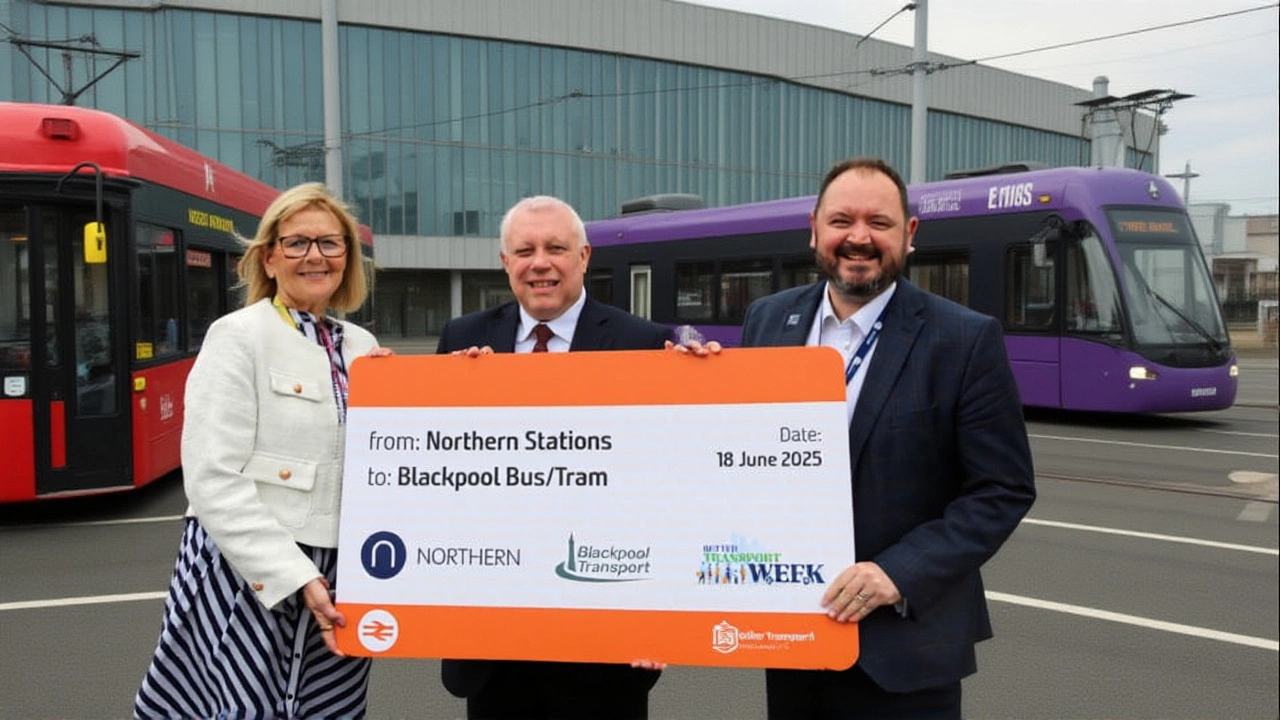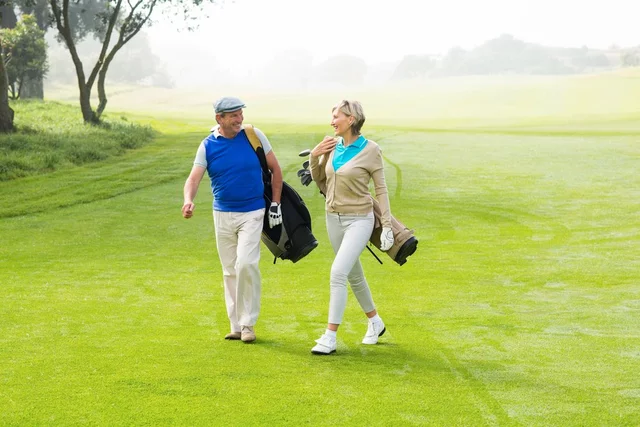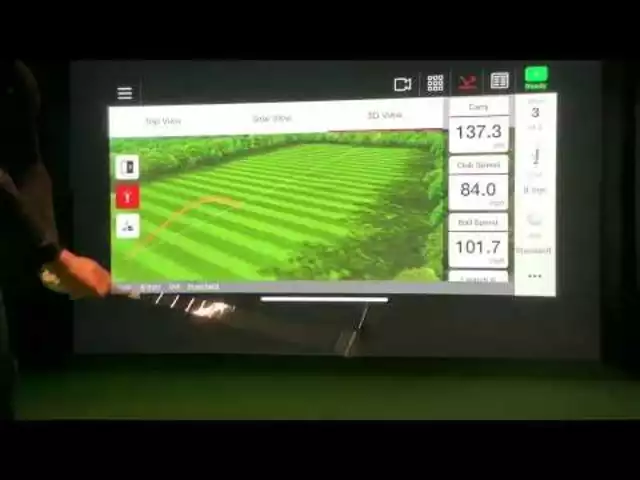Bus and Tram: Getting Around City Streets and Tracks
When talking about bus and tram, the two main forms of public transport that run on roads and dedicated rails in cities. Also known as urban transit, they move millions daily and shape how we live. Ticketing, the process of buying a travel pass or single‑ride ticket is a core part of the experience, while digital ticketing, using apps or NFC cards instead of paper makes it faster and cleaner. Understanding these basics lets you see why bus and tram systems matter for commuters, tourists and city planners alike.
Why Ticketing Matters on Every Ride
Ticketing isn’t just about paying a fare; it’s the gateway that lets you hop on a bus or tram without hassle. Traditional paper tickets still exist in some towns, but most cities now push digital ticketing through smartphone apps or contact‑less cards. This shift mirrors the ticket sales system used for big events like the Wolves vs Everton Carabao Cup tie, where early‑bird pricing and online purchases help fans plan ahead. On public transport, similar pricing tiers – off‑peak discounts, youth rates, and senior concessions – keep travel affordable. When you tap a card, the system instantly checks your balance and records the journey, cutting queues at the stop. That convenience encourages more people to choose buses and trams over cars, easing traffic and lowering emissions.
Beyond price, digital ticketing brings real‑time updates. If a tram is delayed, the app can automatically extend your ticket time, preventing unfair penalties. This kind of flexibility mirrors the way event organizers adjust entry windows for large crowds. For riders, it means less stress and more confidence that the system works for them, not the other way around.
Another perk is data. Transit agencies collect anonymized ride information to fine‑tune routes, add extra services during peak times, or introduce new stops where demand is high. That feedback loop resembles the way clubs monitor fan attendance to improve match‑day experiences, like adding extra seats for Everton supporters. In short, modern ticketing turns a simple purchase into a smart tool that benefits both riders and operators.
When you think about it, the ticketing experience is the first touchpoint on a journey, just like the first swing in a round of golf. It sets the tone, and a smooth start makes the whole trip more enjoyable.
Light shows and station ambiance are more than eye candy; they shape how we feel about waiting for the next bus or tram.
Many cities now install LED light displays at major stops, turning a dull platform into a mini‑festival. This trend echoes the pre‑match light show at Molineux Stadium for the Carabao Cup clash, where bright visuals pump up fans before a game. In transit, a well‑designed light show can signal arrivals, guide passengers, and even improve safety by making areas more visible at night. Some systems sync colors with real‑time service updates – green for on‑time, amber for a slight delay, red for disruptions – giving riders instant cues without reading a screen.
Beyond safety, these visual elements boost community pride. A local artist might paint a mural that reflects the neighborhood’s history, turning a commuter hub into a cultural showcase. When passengers see familiar symbols or stories, they feel a stronger connection to the place they travel through daily. That emotional link can encourage more frequent use, just as a lively stadium atmosphere draws fans back season after season.
Historic venues and community hubs play a similar role for public transport as they do for sports or nightlife.
The Cross Keys Hotel in Burnley, a 16th‑century building that served match‑day crowds for decades, shows how transport nodes become social anchors. Bus stops and tram stations often sit near such landmarks, turning a simple commute into a chance to explore local heritage. When a historic pub or market sits next to a stop, riders can hop off, grab a drink, and soak in the town’s character before heading back. That mix of movement and place‑based experience creates a richer urban tapestry.
Preserving these historic sites while upgrading transit infrastructure is a balancing act. Cities that retrofit old stations with modern amenities – elevators, digital displays, Wi‑Fi – while keeping original architecture respect both past and future. The result is a seamless blend where commuters feel part of a living history, not just passing through.
Sustainability is another key piece of the bus and tram puzzle.
Electric buses and light‑rail trams run on clean energy, cutting down on greenhouse gases compared to diesel‑powered cars. Many municipalities set targets to replace older fleets with zero‑emission vehicles within the next decade. This shift mirrors the trend in golf equipment where players customize clubs for better performance while reducing waste by choosing durable materials. In transit, customizing routes based on real‑time data ensures buses run fuller, reducing the number of empty trips and saving fuel.
Beyond emissions, sustainable travel includes accessibility. Low‑floor trams and buses with ramps let wheelchair users board easily, widening the system’s reach. When a transit network is inclusive, more people choose it over driving, which further lowers traffic congestion and pollution. Cities also promote bike‑share stations at tram stops, encouraging a multimodal commute that blends the best of both worlds.
All these factors – ticketing, light shows, historic ties, and sustainability – intersect to make bus and tram systems more than just a way to get from point A to B. They’re community lifelines that adapt to technology, culture, and environmental needs.
Below you’ll find a mix of articles that touch on ticket pricing, event‑style atmospheres, historic venues and the tech that powers modern travel. Dive in to see how the ideas we’ve discussed play out in real‑world examples, and pick up practical tips you can use on your next ride.

- Oct 1, 2025
- Posted by Caspian Fairweather
Northern Railway partners Blackpool Transport for bus‑tram tickets
Northern Railway partners with Blackpool Transport to offer rail‑to‑bus‑tram tickets, easing travel for commuters and tourists starting July 7, 2025.




